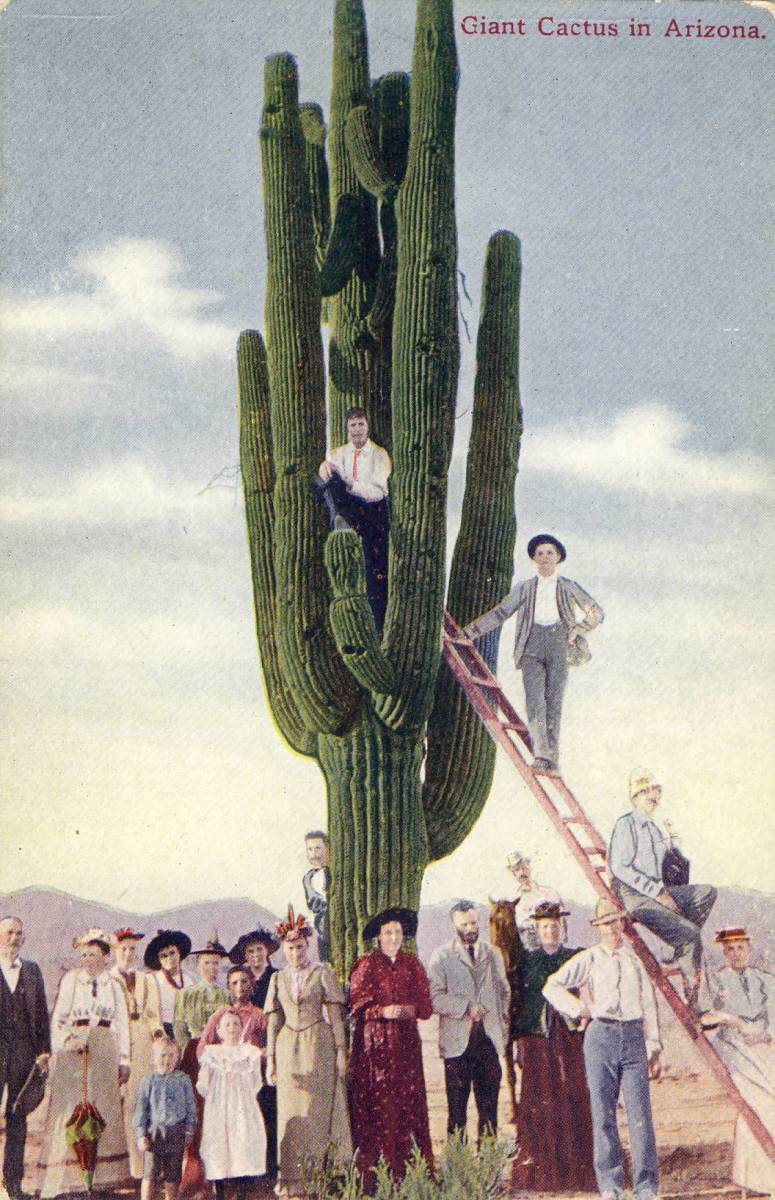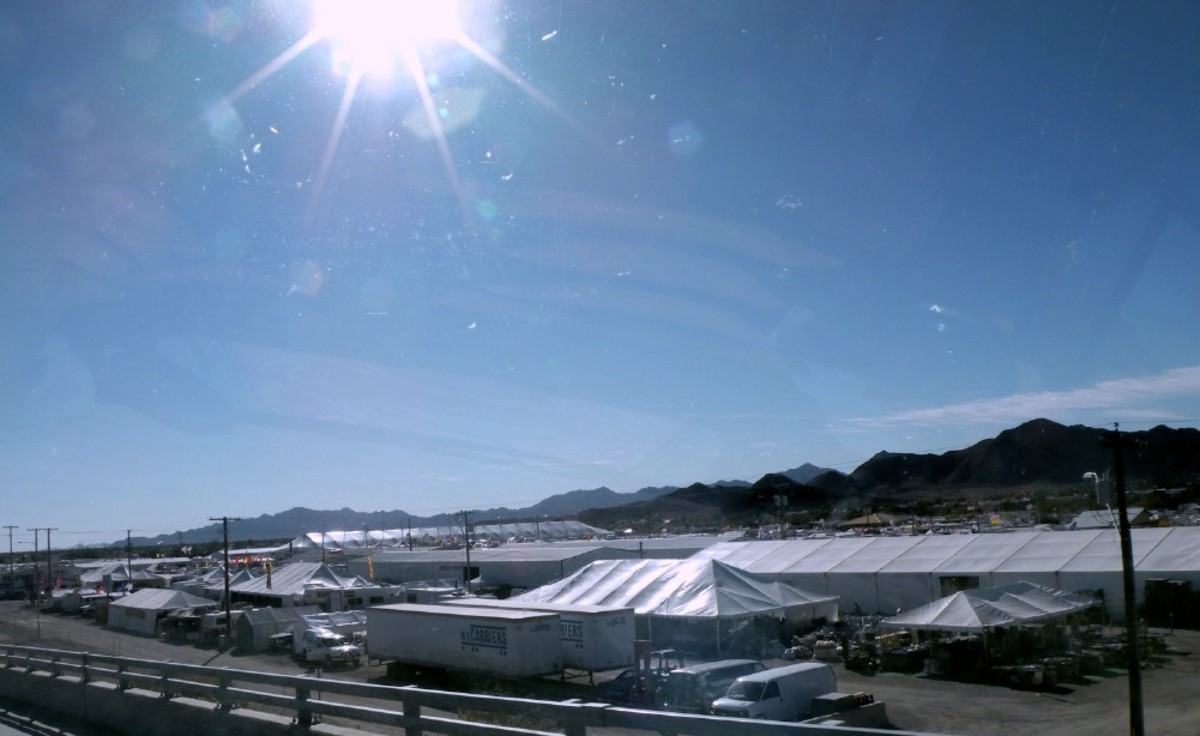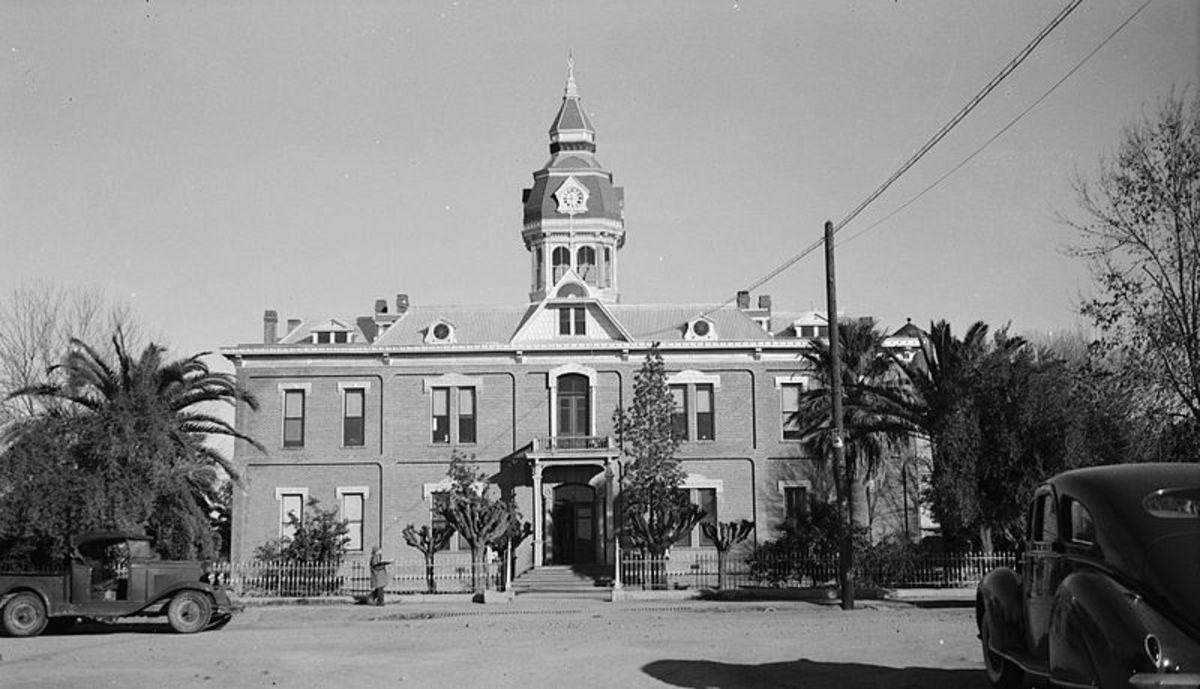- HubPages»
- Education and Science»
- History & Archaeology»
- History of the Modern Era
When Camels Roamed Arizona
America Buys Land from Mexico to Build a Rail Line to Southern California
Following the end of the Mexican War in 1848, the U.S. had its claims on Texas and California recognized and also acquired much of what is now Arizona and New Mexico.
However, the border between the two nations was still in dispute and land that was best suited to build a railroad across the southwest to connect Southern California with the rest of the country lay clearly within Mexican territory.
Secretary of War, Jefferson Davis, convinced President Franklin Pierce to have the U.S. Ambassador to Mexico, James Gadsden, negotiate with Mexico to purchase the needed land and define clear boundaries for the border.
This was done and, in 1854, the U.S. Senate approved the purchase of the land that now comprises the southern quarter of Arizona and the southwest corner of New Mexico for $10 million.
Secretary of War Davis Considers Using Camels in America's Newly Acquired Southwestern Desert
However, with the acquisition of the harsh desert land, the Army faced the problem of both defending it and supplying the forts that were built to defend it.
Horses and mules tended to give out in this land and an alternative and more reliable means of transportation was needed.
Jefferson Davis either came up with the idea, or liked the idea when someone else suggested it, of importing camels to use as beasts of burden in the desert.
After all, camels performed well in the Arabian desert and in the Gobi desert in northern Asia so why not in Arizona?
Birth of the U.S. Army Camel Corps
In 1855 Secretary of War Davis dispatched Major Henry Wayne to Europe and the Middle East to learn about camels and purchase some for use in Arizona.
Major Wayne made the trip and returned home with 33 camels which were used to create the U.S. Army Camel Corps.
Actually, the camel idea did work for the Army and, for a few years before the Civil War the Camel Corps did roam the deserts of Arizona as well as the deserts of California, Nevada and Utah.
Camels proved to be so reliable as beasts of burden in the desert that the Army imported additional camels to add to its camel corps.
Mining companies also acquired camels for use in remote desert mines.
With the Start of the Civil War, Camel Corps was Disbanded
However, with the start of the Civil War, the War Department had other needs besides camels.
As troops were pulled from the West to the battlegrounds of the East the camels were left behind.
Some were sold and used by mining companies or circuses while others ended up being abandoned in the desert where they reverted to a wild state.
Between the low numbers of camels originally brought to Arizona, plus reductions in the wild camel population by hunters, wild camels were never able to establish themselves like the wild horses (mustangs) that multiplied and roamed the west.
Instead the camels simply died out. However, according to legend, the ghosts of some of these camels can sometimes still be seen at night wandering in the desert in the vicinity of Yuma, Arizona.









